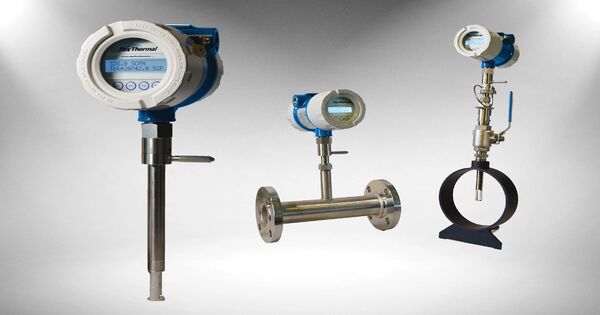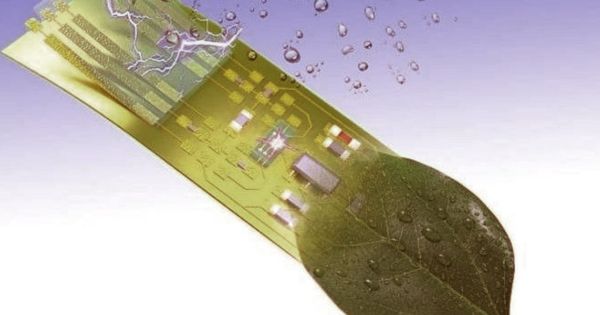Thermal mass flow meters, also known as thermal dispersion or immersible mass flow meters, are a type of device that measures the total mass flow rate of a fluid, typically gas, as it flows through closed conduits. These are devices used to monitor the flow of gases and liquids by detecting heat transfer generated by the fluid passing over a heated sensor.
A thermal mass flow meter with a capillary tube is the second type. This design serves as the foundation for many mass flow controllers (MFC), which incorporate a mass flow meter, electronics, and valve. Furthermore, a thermal mass flow meter can be created by monitoring the temperature differential across a silicon-based MEMS chip.
Both types assess fluid mass flow rate by convecting heat from a heated surface to the moving stream. The thermal dispersion, or immersible, type of flow meter transfers heat to the fluid’s boundary layer as it flows over the heated surface. In the capillary-tube type, heat is delivered to the majority of the fluid as it flows through a small heated capillary tube.
Sensor Design
A thermal mass flow meter is made up of two temperature sensors. One sensor is heated, while the other measures the temperature of the fluid. The temperature differential between these sensors is related to the rate of heat transfer, which is therefore proportional to the fluid’s mass flow rate.
Principle
As the fluid moves past the heated sensor, it absorbs heat, resulting in a temperature difference between the two sensors. By keeping a constant temperature difference between the sensors, the amount of power required to retain the heated sensor at the same temperature is proportional to the fluid’s mass flow rate.
Both types operate on thermal principles, but they differ so significantly that two separate standards are required. Additionally, their applications are vastly different. Thermal dispersion flow meters are widely utilized for general industrial gas flow applications in pipes and ducts, whereas capillary flow meters are typically employed for smaller flows of clean gases or liquids in tubes. This is the most commonly used kind for thermal mass flow meters in industry. However, the capillary type is not the focus of this article.
Measurement
The flow meter measures the power required to maintain the temperature difference between the sensors. This power is then converted into a flow rate using calibration factors specific to the fluid being measured and the design of the flow meter.
Applications
Thermal mass flow meters are commonly used in various industries, including HVAC (Heating, Ventilation, and Air Conditioning), chemical processing, pharmaceuticals, and food and beverage production. They are particularly suitable for measuring the flow of clean gases and liquids.
Advantages
Thermal mass flow meters have various advantages, including excellent accuracy, a broad turndown ratio (the range of flow rates over which the meter is accurate), low pressure drop, and the ability to measure both mass and volumetric flow rates.
While thermal mass flow meters are useful in a variety of applications, they may not be appropriate for fluids with limited thermal conductivity or excessive temperatures. In addition, they usually require calibration for specific fluids and operating circumstances. Overall, thermal mass flow meters are useful tools for precisely and consistently measuring fluid flow rates in a wide range of industrial operations.
















